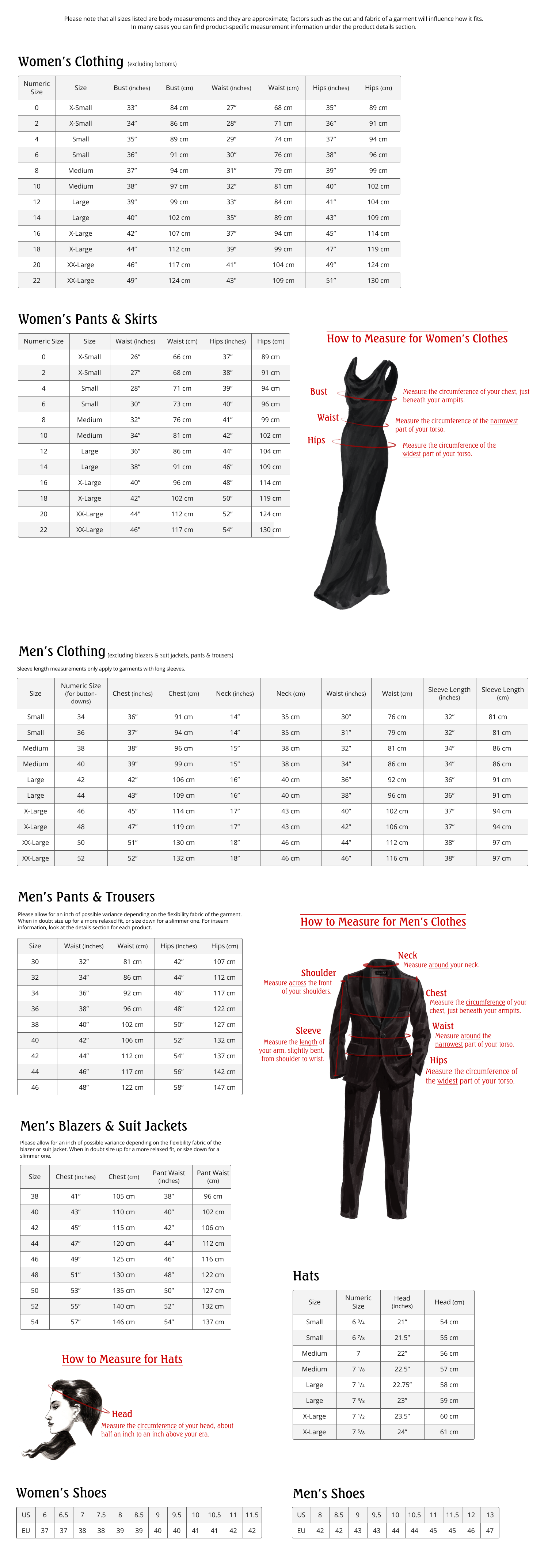1940s Polka Dot Swing Dress
$179.00
$79.00Couldn't load pickup availability
Product Details
Less Fabric, More Everything Else.
In the early 1940s, strict wartime limits on the use of fabric created a necessary economy in dress design. Skirts were less voluminous, hems higher. Ruffles, cuffs, and patch pockets were discouraged and even came to be viewed as downright unpatriotic. The extravagance.
The fabric restrictions reached as far as Hollywood, where the costume budget for each movie was capped at five thousand dollars. Which meant that studios recycled and made over costumes from film to film.
Somehow, everyone accomplished more with less.
What emerged was an elegant simplicity that could stand up to time.
Worked then, works now.
You see it here.
1940s Polka Dot Swing Dress (No. 5606). Exceptionally flattering pullover knit dress with classic blue or white polka dots on red. Inverted vertical pleats add structure and shaping. Despite the deceptively simple cut, we built in a generous amount of movement and swing in case you and your partner want to break out into the Lindy Hop. Outer layer of 92% Polyester; 8% Spandex. White lining from the same fabric. Upper-calf length. Imported.
This is a final sale item














